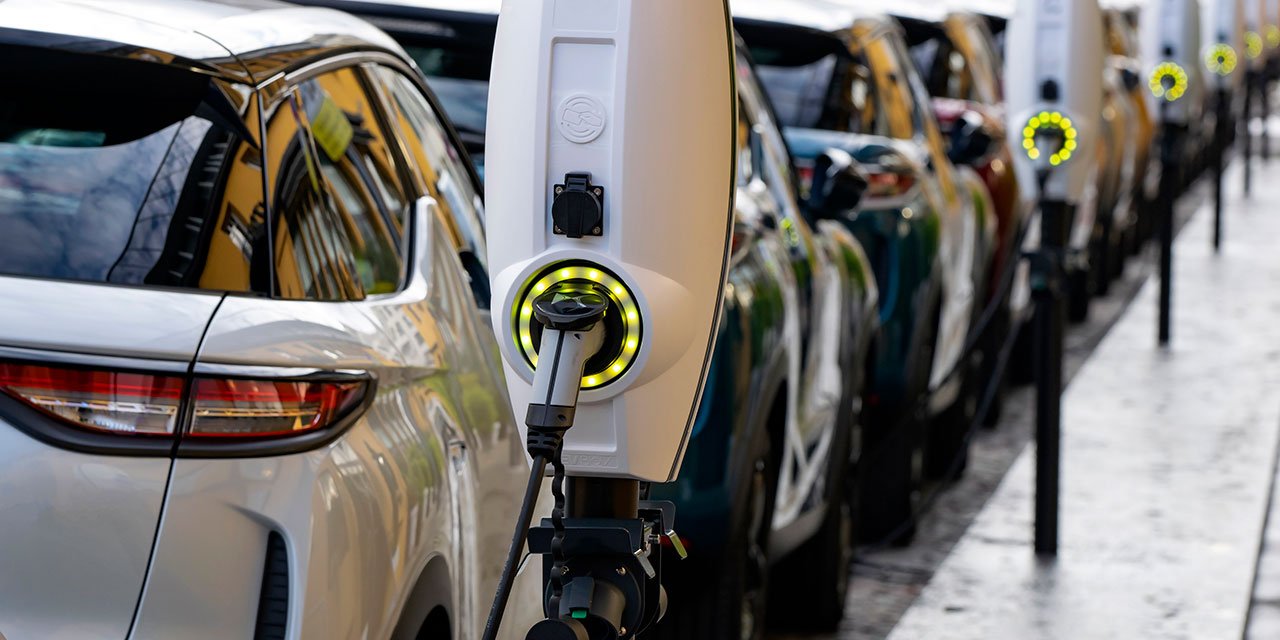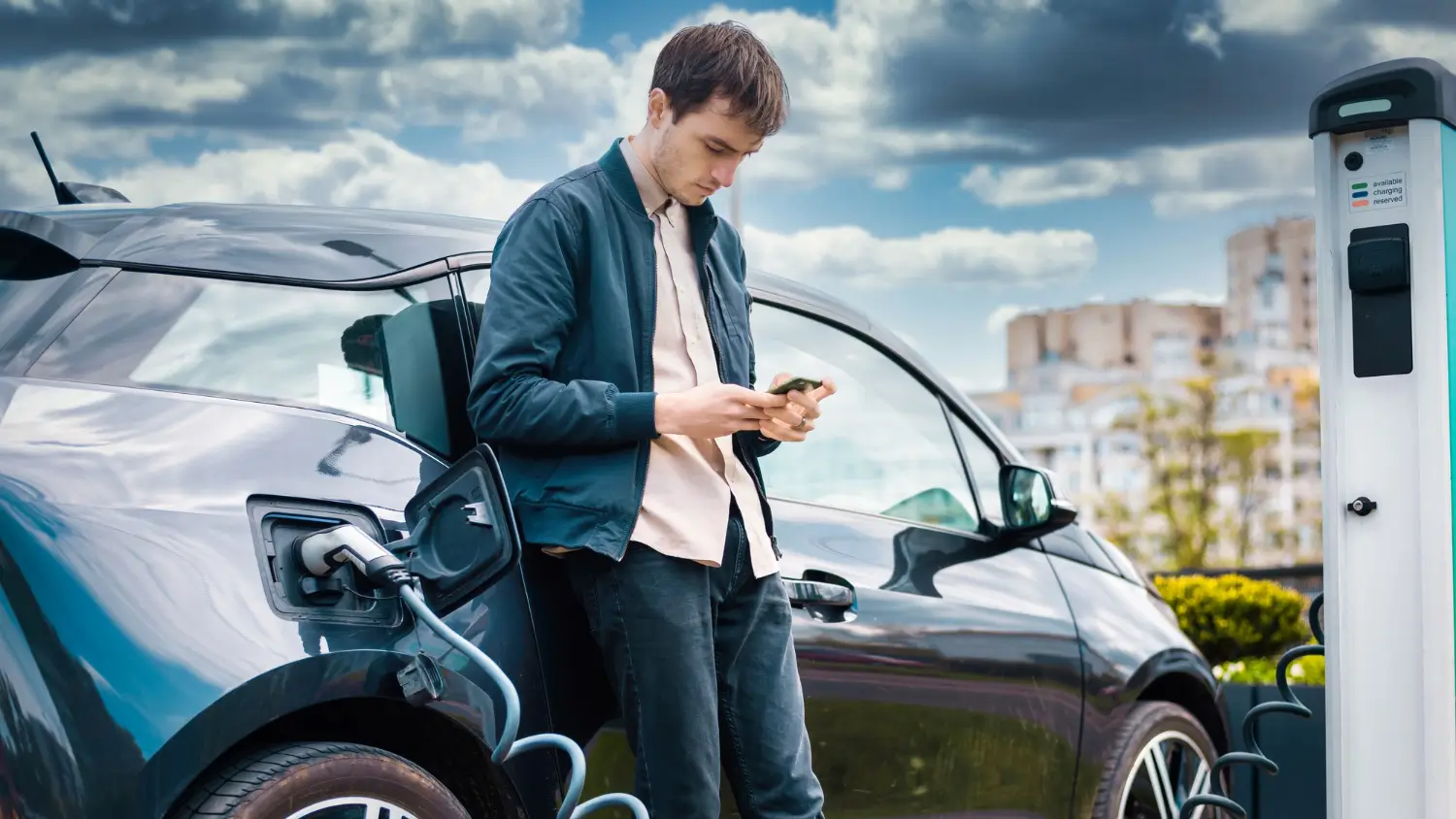How Governments Are Supporting the Electric Vehicle Revolution

The global shift toward clean energy and sustainability is gaining momentum, and one of the most significant transformations is happening in the transportation sector. Electric Vehicles (EVs) are at the forefront of this movement, providing an eco-friendly alternative to traditional gasoline-powered cars. But this revolution is not happening in isolation—governments worldwide are playing a crucial role in accelerating the adoption of electric vehicles. From financial incentives and charging infrastructure investments to stringent emission regulations, government support has been a cornerstone in making EVs more accessible and attractive to consumers and businesses alike.
Making Electric Vehicles Affordable
One of the most effective ways governments are driving the electric vehicle revolution is through financial incentives. The high initial cost of EVs has historically been a barrier to widespread adoption, but governments are mitigating this through various forms of subsidies, tax credits, and rebates.
Tax Credits and Rebates
In many countries, buyers of electric vehicles can benefit from tax credits or rebates, significantly lowering the purchase price. For example, in the United States, the federal government offers tax credits of up to $7,500 for qualifying electric vehicles. Similar programs exist in countries like the United Kingdom, where EV buyers receive grants up to £2,500.
Subsidies for Manufacturers
In addition to consumer incentives, some governments provide subsidies to EV manufacturers. These subsidies encourage automakers to ramp up production, invest in research and development, and reduce the overall cost of manufacturing EVs.
Reduced Registration Fees and Tolls
In many regions, governments have introduced reduced registration fees and waived tolls for electric vehicle owners. This not only reduces the cost of ownership but also incentivizes EV use for daily commuting.
Building a Nationwide Charging Infrastructure
A widespread concern among potential EV buyers is “range anxiety”—the fear of running out of charge without a nearby charging station. Governments understand that a robust charging infrastructure is critical to the widespread adoption of electric vehicles, and they are investing heavily in this area.
Public Charging Networks
Governments are partnering with private companies to build extensive networks of public charging stations. In Europe, the European Union has committed to installing at least 1 million public chargers by 2025, and the United States is investing $7.5 billion under the Bipartisan Infrastructure Law to expand its EV charging infrastructure.
Fast-Charging Stations
Fast-charging stations, which can charge an EV to 80% in less than 30 minutes, are also a priority. Countries like China have led the way by installing vast networks of these high-speed chargers, making it easier for EV owners to travel long distances.
Charging at Residential and Commercial Buildings
Governments are also encouraging the installation of charging stations at residential complexes, workplaces, and shopping centers. For example, the UK government offers grants to homeowners to install EV chargers in their garages, while the California Building Standards Code mandates new buildings to include EV charging infrastructure.
Pushing Automakers Toward Electric Vehicles

Governments are tightening emission standards to reduce the environmental impact of gasoline-powered vehicles, which has indirectly boosted the production and sale of electric vehicles.
Carbon Emission Targets
Countries are setting ambitious carbon emission reduction targets, forcing automakers to innovate and produce cleaner vehicles. The European Union’s Fit for 55 plan, for instance, aims to reduce emissions from new cars by 55% by 2030 compared to 2021 levels, pushing automakers to increase their electric vehicle offerings.
Banning Internal Combustion Engines (ICE)
Several countries have announced future bans on the sale of new gasoline and diesel vehicles. Norway aims to be the first to do so by 2025, followed by countries like the UK (2030) and France (2040). These bans are incentivizing automakers to transition to producing only electric vehicles in the near future.
Low Emission Zones (LEZs)
Cities around the world are establishing Low Emission Zones (LEZs) where only electric or low-emission vehicles can operate. This policy is common in cities like London, Paris, and Berlin and encourages urban residents to switch to EVs to avoid hefty fines or restricted access to city centers.
Supporting Research and Development for Electric Vehicle Innovation
Governments recognize the importance of research and development (R&D) in advancing electric vehicle technology. Through grants, partnerships, and public-private collaborations, governments are fostering innovation that makes EVs more efficient, affordable, and sustainable.
Battery Technology
One of the primary areas of focus is battery technology, as batteries are the most expensive component of an EV. Governments are funding research into new battery chemistries, like solid-state batteries, which promise greater energy density, faster charging, and longer lifespan compared to the current lithium-ion technology.
Vehicle-to-Grid (V2G) Technology
Another area of innovation is Vehicle-to-Grid (V2G) technology, which allows electric vehicles to send unused electricity back to the grid. Governments in countries like Japan and Germany are supporting pilot programs that explore how V2G can help stabilize electricity grids, especially as renewable energy sources like wind and solar become more prevalent.
Autonomous Electric Vehicles
Governments are also investing in the development of autonomous electric vehicles, which could revolutionize public transport systems and reduce traffic congestion in cities. For example, the US Department of Energy has partnered with tech companies and universities to develop autonomous electric buses and delivery vehicles.
Encouraging Public Adoption of Electric Vehicles
In addition to financial and infrastructure support, governments are launching educational campaigns to raise awareness about the benefits of electric vehicles. These campaigns are crucial in dispelling myths, providing information about EV incentives, and highlighting the long-term cost savings of switching to electric transportation.
Consumer Awareness Programs
Governments are organizing workshops, digital campaigns, and public events to educate consumers about the advantages of EVs, including lower maintenance costs, reduced fuel expenses, and environmental benefits. In the US, the Department of Energy’s EV Everywhere initiative focuses on increasing consumer knowledge and addressing common concerns.
Corporate Fleets and Public Transportation
Some governments are leading by example by electrifying their own vehicle fleets and public transportation systems. For instance, India’s FAME (Faster Adoption and Manufacturing of Hybrid and Electric Vehicles) program provides incentives for cities to transition their buses and taxis to electric power, making it easier for people to experience EVs firsthand.
Foster a Global EV Revolution
The push for electric vehicles is not limited to individual countries; it is a global movement. Governments are collaborating with international organizations to share best practices, set global standards, and coordinate efforts to ensure that the transition to electric vehicles is smooth and efficient.
Paris Agreement and EV Targets
Under the Paris Agreement, countries are required to set targets for reducing carbon emissions. Many signatories, including China, the European Union, and Canada, have made electric vehicles a central part of their strategy to meet their climate goals.
Collaborative Research Initiatives
International bodies like the International Energy Agency (IEA) and the Global EV Outlook are working with governments to track progress, set policy frameworks, and promote global research collaboration in EV technology.
Conclusion
The electric vehicle revolution is well underway, and government support is a key driver in making this transformation possible. By offering financial incentives, building charging infrastructure, setting stringent emission standards, and funding research, governments are accelerating the adoption of electric vehicles and paving the way for a cleaner, more sustainable future. As technology continues to evolve and more countries commit to reducing their carbon footprints, the role of governments in the EV movement will only become more critical. The future of transportation is electric, and with continued governmental support, the transition will be faster and more impactful than ever before.




